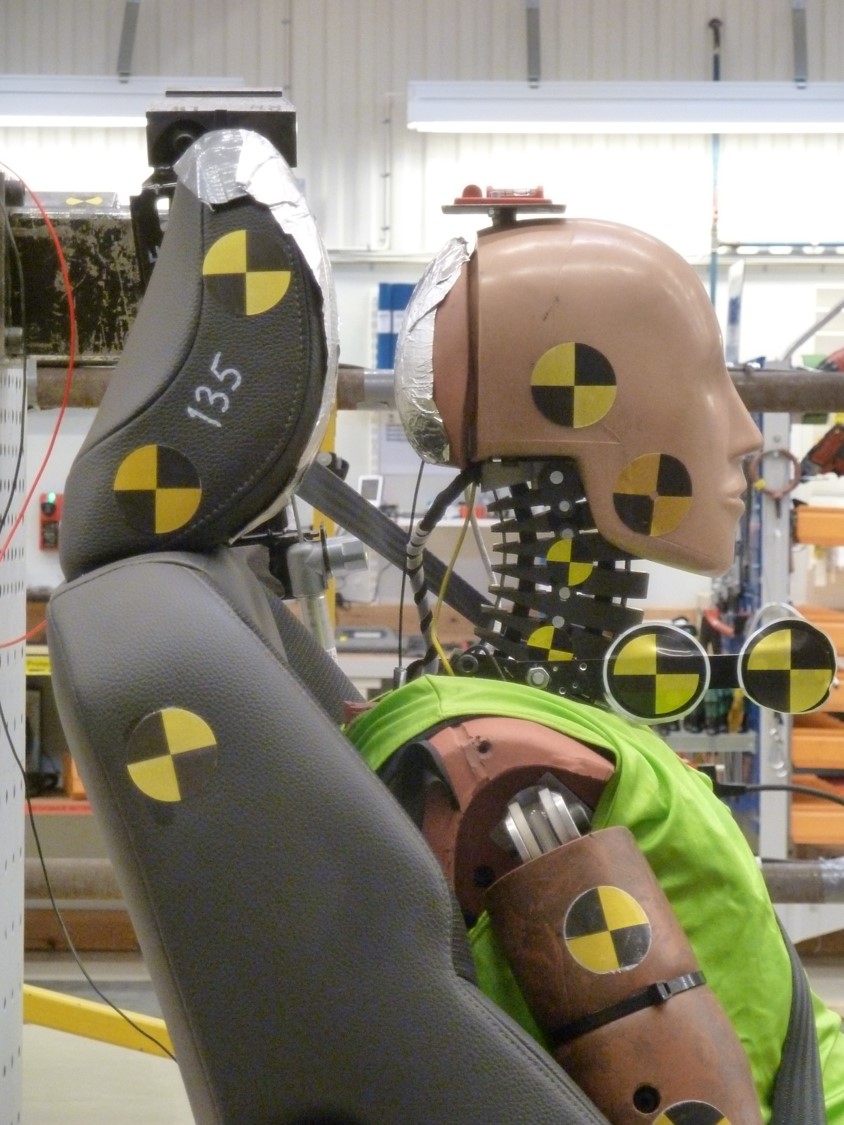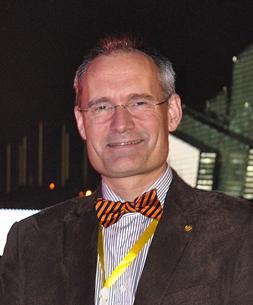SAFER investigates how well crash test dummies represent the population as a whole
SAFER Vehicle and Traffic Safety Centre at Chalmers has been commissioned by the Ministry of Enterprise and Innovation to carry out a survey of possible deficiencies in how well today’s crash test dummies represent the population as a whole.
People in the traffic are of varying length, weight, muscle mass, age and sex. Everyone needs protection, whether they are in vehicles or outside. As the current regulations are designed, there may be that certain groups, for example women, receive a lower level of safety, because women's bodies are designed in a different way than today's crash test dummies, which are based on a male body shape as standard.
The Swedish Transport Agency therefore needs new and better knowledge of whether today's crash test dummies contribute sufficiently to meet the national road safety objectives. It is also desirable for the Ministry to increase the knowledge of if the population as a whole is adequately represented. SAFER has been commissioned to lead the project.
Are some parts of the population less protected?
The assignment aims to identify whether the crash test dummies that are used today, and which the legislation refers to, need to be developed or supplemented in order for the population as a whole to be considered represented in the crash tests performed. With this new knowledge, the Swedish Transport Agency can then make a better assessment of whether the current situation is acceptable or if further development is needed. Is it that parts of the population are injured more than others and in that case, is there a connection to the design of the crash test dummies?
World-leading knowledge
SAFER has a long experience of occupant safety and injury prevention. For example, world leading human body models for virtual crash test have been developed, which can be adapted to real-life accidents with people in all possible sizes and shapes. The experience from working with the SAFER human body models will be used in the assignment.
Mats Svensson, SAFER's competence area leader for biomechanics and protective systems, who will lead the assignment comment on the project:
“The assignment we received is important, everyone has right to the same road safety regardless of gender and body shape. The fact that the Swedish Transport Agency is now seriously looking into the issue is a major step towards ensuring that the regulations also take full account of women's safety and we welcome the initiative”.


